Understanding the Heart of Your Mobility Scooter
Mobility scooters are invaluable tools for those looking to maintain their independence despite mobility challenges. At the core of every mobility scooter’s performance is its battery, a crucial component that powers both the scooter’s movement and its user’s freedom.
This guide aims to demystify the various aspects of mobility scooter batteries—from choosing the right type and maintaining them properly to ensuring their safe use and disposal.
Whether you are a new scooter owner or looking to optimize your current scooter’s performance, understanding how to select, use, and maintain your battery will not only enhance your scooter’s efficiency but also extend its lifespan.
With advancements in battery technology, the options available today are better than ever, making it essential to stay informed about best practices and new solutions.
By the end of this guide, you’ll be equipped with the knowledge to make informed decisions about your mobility scooter’s battery, ensuring a reliable and robust performance that complements your lifestyle and mobility needs.
Types of Mobility Scooter Batteries
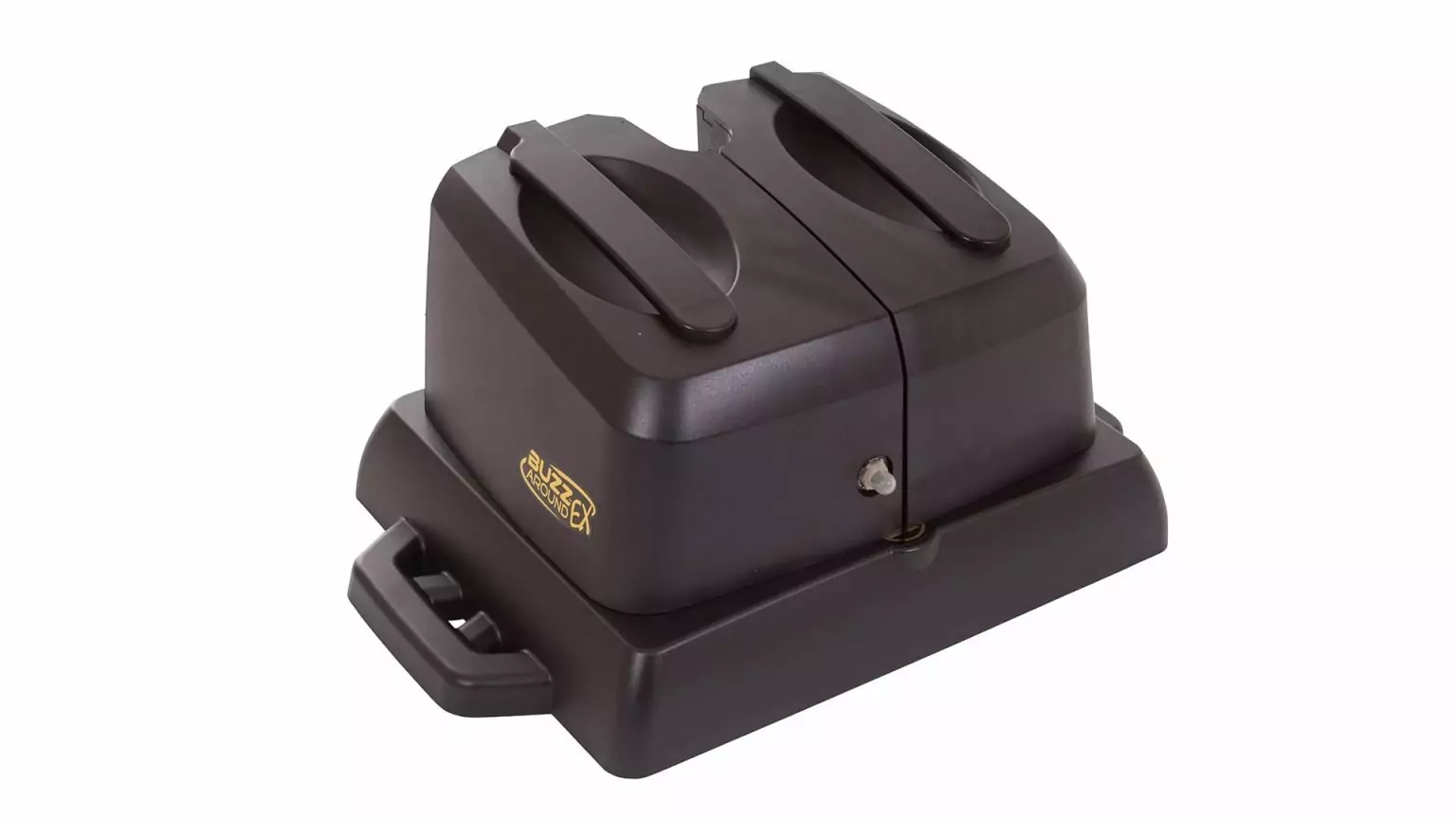
Choosing the right type of battery for your mobility scooter is critical for ensuring optimal performance and longevity. There are three main types of batteries used in mobility scooters: lead-acid, lithium-ion, and gel batteries. Each type has its unique advantages and drawbacks, which are important to consider based on your specific needs.
Lead-Acid Batteries
- Pros: Cost-effective and widely available, lead-acid batteries are a popular choice among mobility scooter users who prioritize affordability.
- Cons: They are heavier and require regular maintenance, including periodic topping up of the electrolyte levels and ensuring they are charged regularly to prevent sulfation.
Lithium-Ion Batteries
- Pros: Lightweight and with a higher energy density, lithium-ion batteries can provide a longer range and last more cycles compared to other types. They also charge faster and do not require as much maintenance.
- Cons: The initial cost is higher, and they can be more sensitive to extreme temperatures, requiring careful handling and storage.
Gel Batteries
- Pros: These are sealed lead-acid batteries but use a gel electrolyte, which makes them spill-proof and better suited for use in various orientations. Gel batteries offer good performance over a wide range of temperatures and have low self-discharge rates.
- Cons: They are more expensive than standard lead-acid batteries and can be damaged by overcharging, necessitating the use of a compatible charger.
When selecting a battery, consider factors like the weight of the battery, which can affect the scooter’s portability; the climate you live in, as temperature extremes can impact battery performance; and how often you use your scooter, as frequent use requires a durable and long-lasting battery solution.
Installation and Replacement of Mobility Scooter Batteries
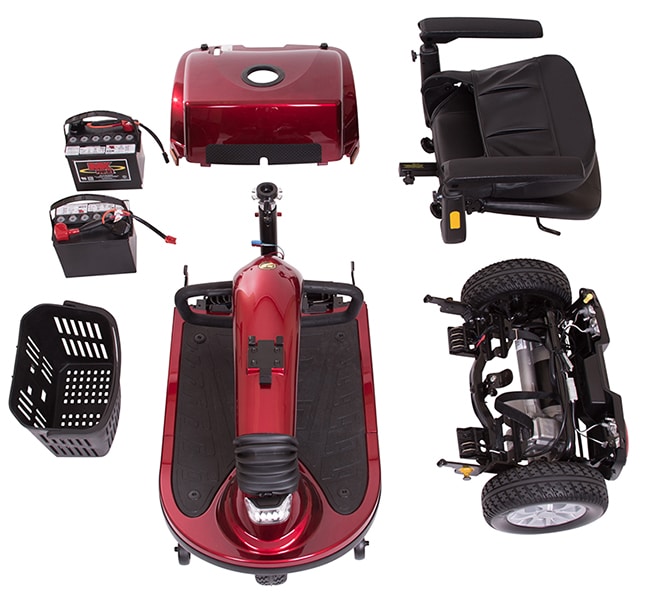
Changing the battery in a mobility scooter is a crucial maintenance task that can significantly impact the performance and lifespan of your mobility aid. Here’s how to do it safely:
How to Change Mobility Scooter Batteries
- Safety First: Before beginning, ensure the scooter is turned off and positioned on a flat, stable surface. Remove the keys to prevent accidental activation.
- Access the Battery Compartment: Open the scooter’s battery compartment, which is typically located under the seat or behind a removable panel.
- Disconnect the Old Battery: Carefully disconnect the battery terminals, starting with the negative (-) cable to prevent any short circuits. Handle with care to avoid damaging the cables and connectors.
- Remove the Old Battery: Take out the old battery, being mindful of its weight and any potential spillage if you’re dealing with non-sealed batteries.
- Install the New Battery: Place the new battery in the compartment, ensuring it fits securely. Connect the battery terminals, starting with the positive (+) cable this time.
- Test the Scooter: Once everything is connected, turn on the scooter and check all functions to ensure the new battery is functioning properly.
Signs That Indicate Battery Replacement is Needed
- Reduced Range: If your scooter doesn’t travel as far as it used to on a full charge, it might be time for a new battery.
- Slow Performance: If the scooter seems sluggish or struggles to climb hills it previously handled, the battery may be failing.
- Difficulty Charging: If the battery no longer fully charges or takes longer than usual to charge, it could be at the end of its life.
- Physical Damage: Any visible damage like cracks, bulging, or leaks is a clear sign that the battery needs to be replaced immediately.
By following these steps and being aware of the signs of battery wear, you can maintain the reliability and efficiency of your mobility scooter, ensuring it remains a dependable means of transportation.
Maintenance and Charging of Mobility Scooter Batteries
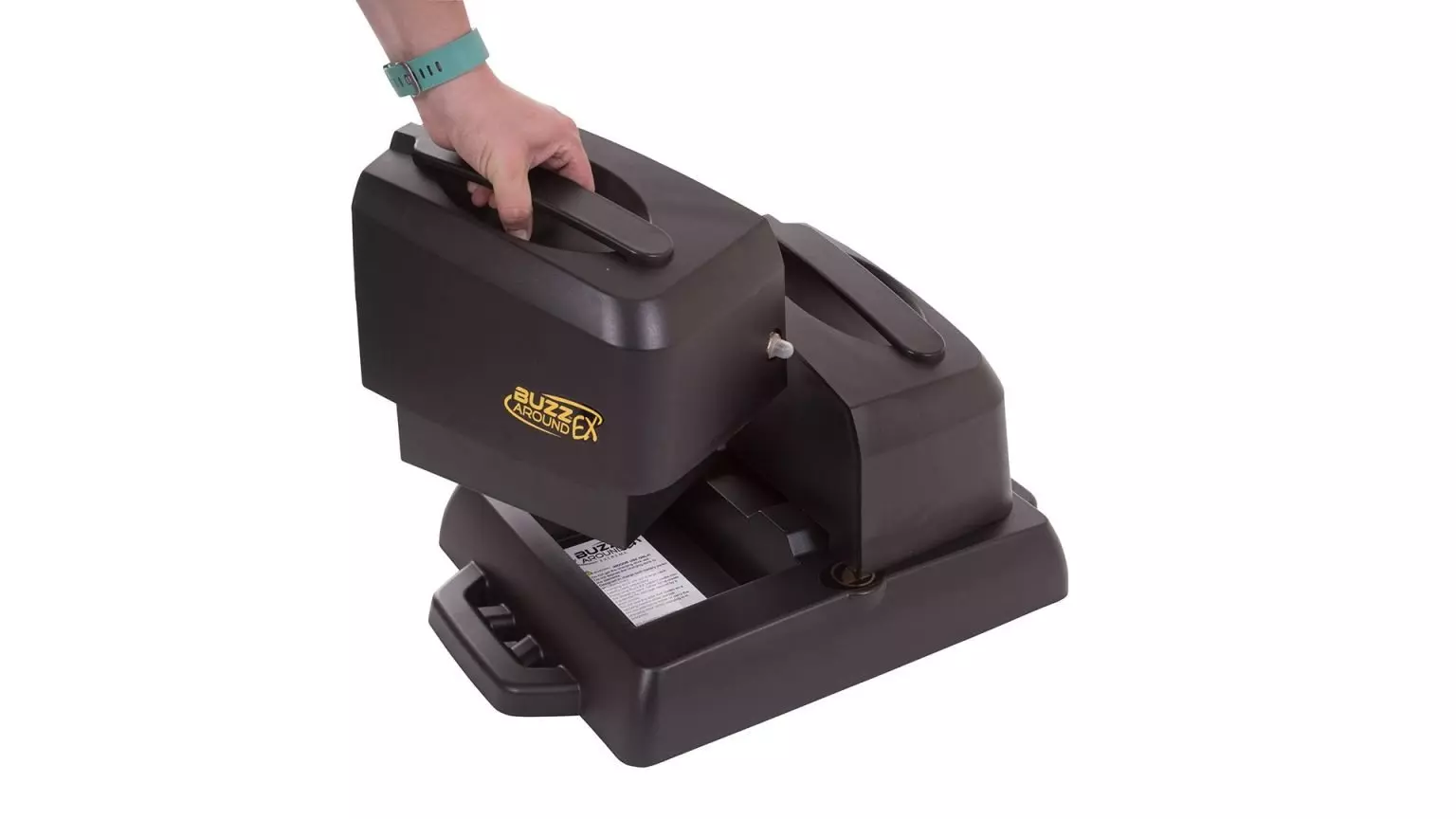
Maximizing Battery Life Through Proper Care
Proper maintenance and charging are vital for ensuring your mobility scooter battery operates at peak efficiency for as long as possible. Here are essential tips and guidelines:
Battery Maintenance Tips
- Regular Charging: Unlike some other battery types, it’s beneficial to keep mobility scooter batteries fully charged when not in use. However, avoid overcharging; disconnect the charger once the battery is fully charged.
- Clean Connections: Periodically check and clean the battery terminals and connectors to ensure they are free from corrosion or dirt, which can impair conductivity.
- Storage: If you’re not using your scooter for an extended period, store the battery in a cool, dry place. Avoid extreme temperatures as they can significantly reduce battery life.
How to Charge Mobility Scooter Batteries
- Use the Correct Charger: Always use the charger that came with your mobility scooter or one that’s specifically approved for your battery type. Using an incompatible charger can damage the battery.
- Charge Regularly: Charge the battery after each use to ensure it’s always ready for your next trip. For lithium-ion batteries, it’s fine to charge them frequently since they don’t have a memory effect.
- Complete Initial Charges: When you first get your scooter, complete the initial charges as per the manufacturer’s instructions, as these are crucial for setting up the battery’s lifespan.
Extending Battery Life
- Avoid Deep Discharges: Try not to let the battery discharge completely. Frequent full discharges can shorten the life of some types of batteries.
- Monitor Battery Health: Keep an eye on how the battery performs over time. A drop in performance can indicate it’s time for a check-up or replacement.
Safety Considerations
- Proper Handling: Always handle batteries with care, especially when installing or removing them.
- Ventilation: Ensure the charging area is well-ventilated. Some batteries can emit gases during charging.
Following these maintenance and charging protocols will not only extend the lifespan of your mobility scooter battery but also ensure it provides reliable service every time you need it.
Battery Safety and Handling

Mobility scooter batteries are generally safe, but like all battery systems, they require proper handling and awareness of potential hazards to ensure safety.
Safety Precautions and Risks
- Fire Risks: Although rare, mobility scooter batteries can catch fire if damaged or improperly handled. Lithium-ion batteries, in particular, are susceptible to thermal runaway if punctured or charged improperly.
- Handling Precautions: Always handle batteries with care. Avoid dropping them or exposing them to high impact, as this can cause internal damage and increase the risk of malfunction or fire.
- Storage: Store batteries away from flammable materials and in a cool, dry place to reduce the risk of fire.
Transportation Guidelines
- Air Travel: Mobility scooter batteries are typically allowed on planes, but specific rules can vary by airline and the type of battery. For air travel, it’s essential to:
– Check with the airline ahead of time regarding their policies for mobility scooter batteries.
– Prepare to show the battery’s specifications, like watt-hour rating or material safety data sheets.
– Properly secure and, if necessary, disconnect the battery for the flight.
General Safety Practices
- Regular Inspections: Check the battery regularly for signs of wear or damage, such as swelling, leakage, or unusual smells, which can indicate internal problems.
- Professional Assistance: If you suspect any issues with your battery, seek professional help rather than trying to fix the problem yourself.
Safety in Use
- Correct Installation: Ensure the battery is correctly installed and secured in the mobility scooter to prevent any movement that could lead to disconnections or damage during use.
- Awareness of Surroundings: When using the scooter, be mindful of environmental conditions. Extreme temperatures can affect battery performance and safety.
By adhering to these safety guidelines and handling practices, you can significantly reduce the risk of accidents and ensure that your mobility scooter remains a reliable and safe mode of transport.
Enhancing Battery Life and Performance
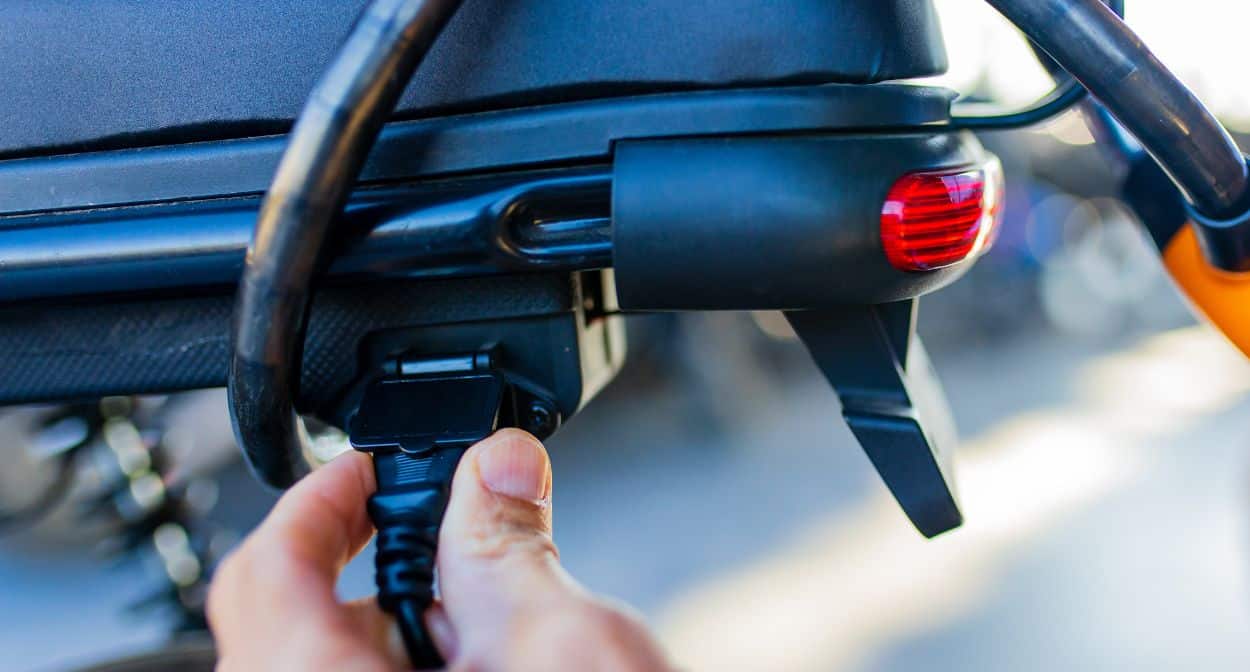
To get the most out of your mobility scooter’s battery and potentially extend its range, consider the following strategies and upgrades:
Maximizing Battery Life
- Balanced Use: Regular use can help maintain battery health, but avoid excessively long periods without charging or allowing the battery to fully deplete.
- Temperature Management: Store and charge your battery in a temperature-controlled environment to avoid exposure to extreme cold or heat, which can degrade battery cells.
- Scheduled Maintenance: Regular check-ups for your scooter and its battery can catch issues before they lead to serious damage or degradation.
Upgrading for Greater Range
- Battery Upgrades: If your scooter’s design allows, consider upgrading to a higher capacity battery or a more efficient type (e.g., switching from lead-acid to lithium-ion). This can offer a longer range and reduced weight, enhancing the scooter’s overall performance.
- Compatibility Check: Before upgrading, ensure that the new battery is compatible with your scooter’s model. This might require consulting with a professional or the manufacturer to avoid any mismatch that could affect functionality or safety.
Can Mobility Scooter Batteries Be Upgraded?
- Yes, many mobility scooters allow for battery upgrades. Upgrading can improve range and efficiency, but it’s essential to choose the right battery type and ensure it fits your scooter’s specifications.
Preventive Measures
- Smart Charging: Use a smart charger that automatically stops charging when the battery is full. This prevents overcharging, which can reduce the lifespan of the battery.
- Deep Cycle Use: If you have a deep-cycle battery, it’s designed to be used until it’s nearly empty before recharging, which can help maintain its efficiency over time.
By following these tips and considering upgrades when feasible, you can significantly enhance your mobility scooter’s battery life and performance, ensuring greater independence and mobility.
Troubleshooting and Common Issues
Even with proper maintenance, mobility scooter batteries can sometimes encounter issues. Knowing how to troubleshoot common problems can help you quickly restore your scooter’s functionality.
Common Battery Problems and Solutions
Battery Won’t Hold a Charge:
- Potential Cause: Aging or damaged cells.
- Solution: Test the battery with a multimeter to check its voltage. If it’s consistently low even after a full charge, it’s likely time to replace the battery.
Scooter Power Fluctuates:
- Potential Cause: Loose or corroded battery connections.
- Solution: Inspect all connections for tightness and cleanliness. Tighten any loose connections and clean off corrosion with a solution of baking soda and water.
Scooter Stops Suddenly:
- Potential Cause: Overheating battery or overloaded circuit.
- Solution: Let the battery cool down and check if the scooter’s weight limit has been exceeded. Reduce load if necessary and ensure the battery is not being overworked.
Reduced Range:
- Potential Cause: Battery capacity has diminished due to age or frequent deep discharges.
- Solution: Regularly calibrate the battery by running it through a full charge cycle and consider replacing it if the range does not improve.
Visible Damage or Leakage:
- Potential Cause: Physical damage or battery defect.
- Solution: Replace the battery immediately to avoid further damage or safety hazards.
When to Seek Professional Help
- If you have tried troubleshooting and the issues persist, or if you’re not comfortable performing any of the recommended actions, it’s wise to consult a professional technician. This is especially important for electrical issues or when dealing with lithium-ion batteries, which can be hazardous if mishandled.
By becoming familiar with these common issues and how to troubleshoot them, you can ensure that your mobility scooter remains a reliable aid in your daily activities, minimizing downtime and maintaining optimal performance.
Disposal and Recycling of Mobility Scooter Batteries
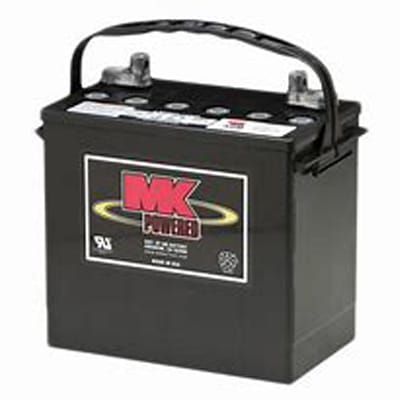
Eco-Friendly and Safe Practices
Proper disposal and recycling of mobility scooter batteries are critical, not only for environmental protection but also to comply with legal regulations. Here’s how to responsibly handle the end-of-life stage of your scooter’s battery.
Where to Dispose of Mobility Scooter Batteries
- Local Recycling Centers: Check with your local waste management or recycling centers. Many have specific protocols for battery disposal and can ensure that the hazardous materials within batteries are handled safely.
- Retail Stores: Some stores that sell mobility scooters or batteries offer recycling programs. They may accept old batteries for free or a small fee.
- Specialty Recycling Services: There are services that specialize in battery disposal. These services ensure that your battery is recycled in compliance with environmental standards.
- Battery Disposal in Riverside
Where to Recycle Mobility Scooter Batteries
- Battery Recycling Facilities: These facilities specialize in processing and recycling batteries, recovering valuable materials and ensuring toxic substances are not released into the environment.
- Municipal Hazardous Waste Collection: Many municipalities offer periodic collection days for hazardous materials, including batteries.
Best Practices for Battery Disposal
- Check for Leaks: Before disposing of the battery, ensure it isn’t leaking. If it is, place it in a plastic bag and seal it to prevent leakage.
- Tape Terminals: To prevent short-circuiting, tape the terminals of the battery with electrical tape, especially if you’re disposing of lead-acid batteries.
- Follow Legal Requirements: Be aware of local and national regulations regarding battery disposal to ensure compliance.
Environmental Considerations
- Avoid Landfills: Batteries should never be thrown in the trash as they contain heavy metals and other substances that can leach into soil and water, causing pollution.
- Promote Sustainability: By properly recycling batteries, you help reduce the demand for raw materials needed to manufacture new batteries, which in turn supports environmental sustainability.
- How is California Doing with Recycling Rechargeable Batteries?
By following these guidelines for disposal and recycling, you contribute to the well-being of the environment while ensuring that hazardous materials are managed responsibly.


